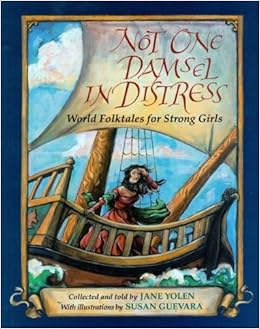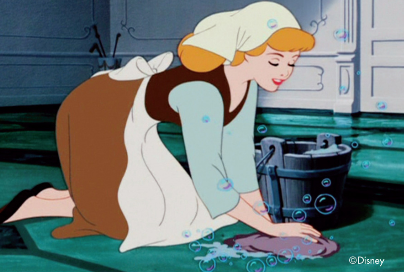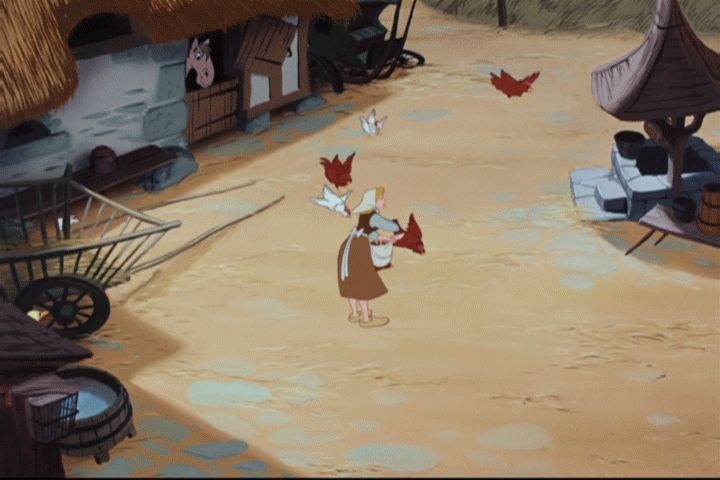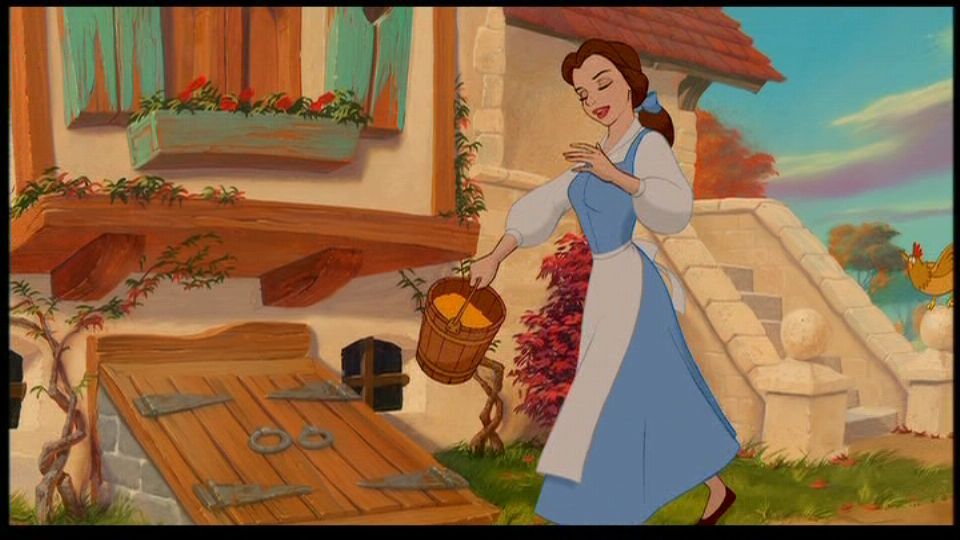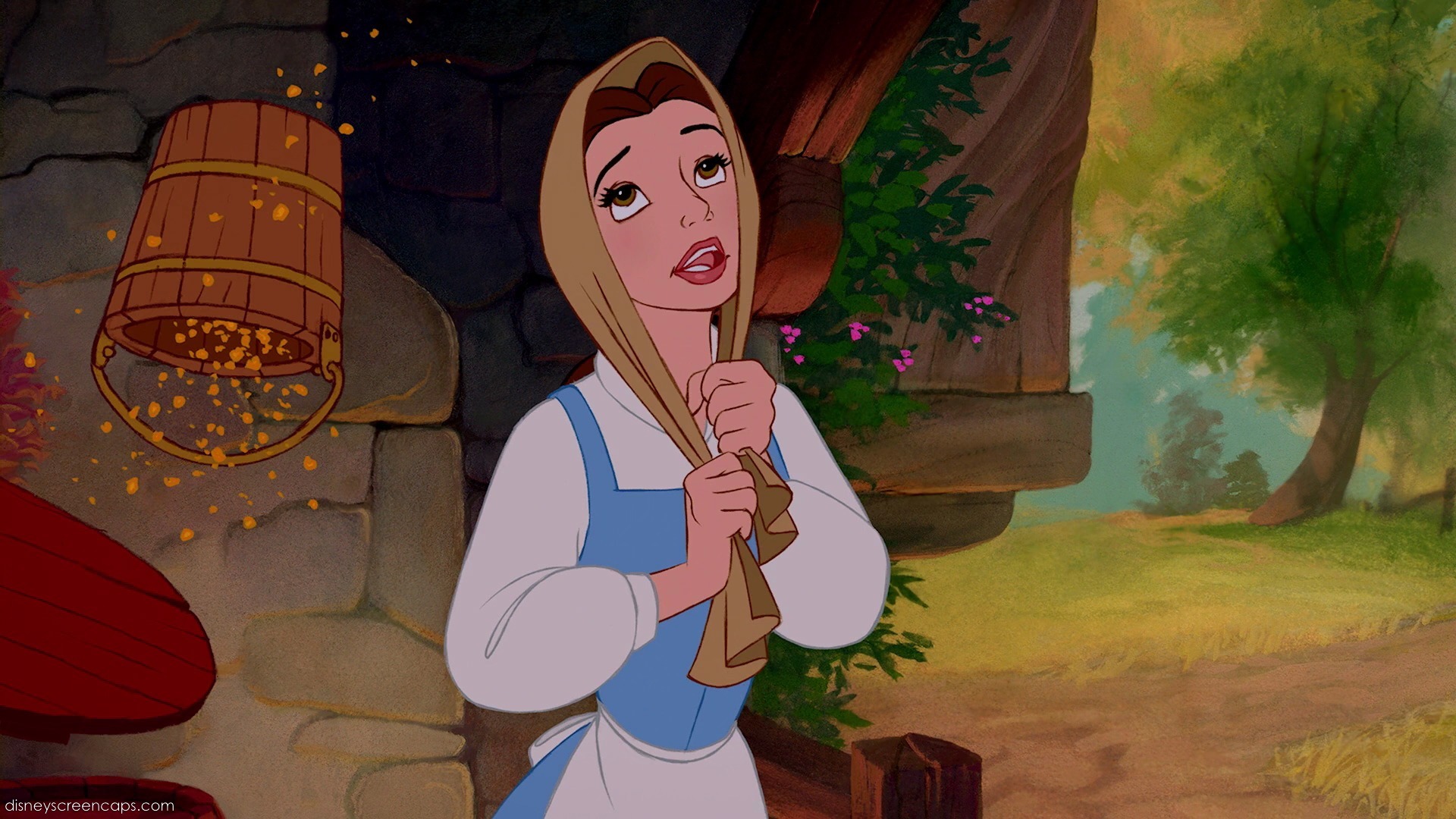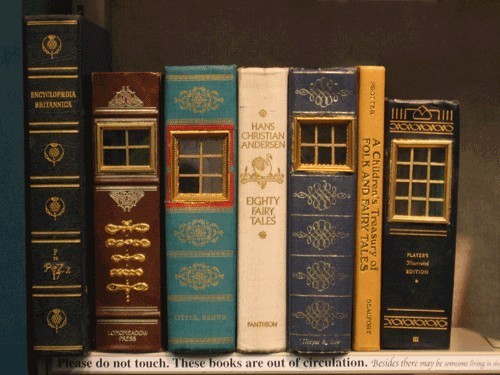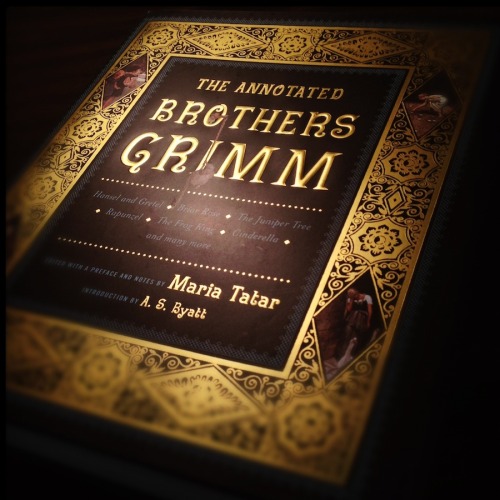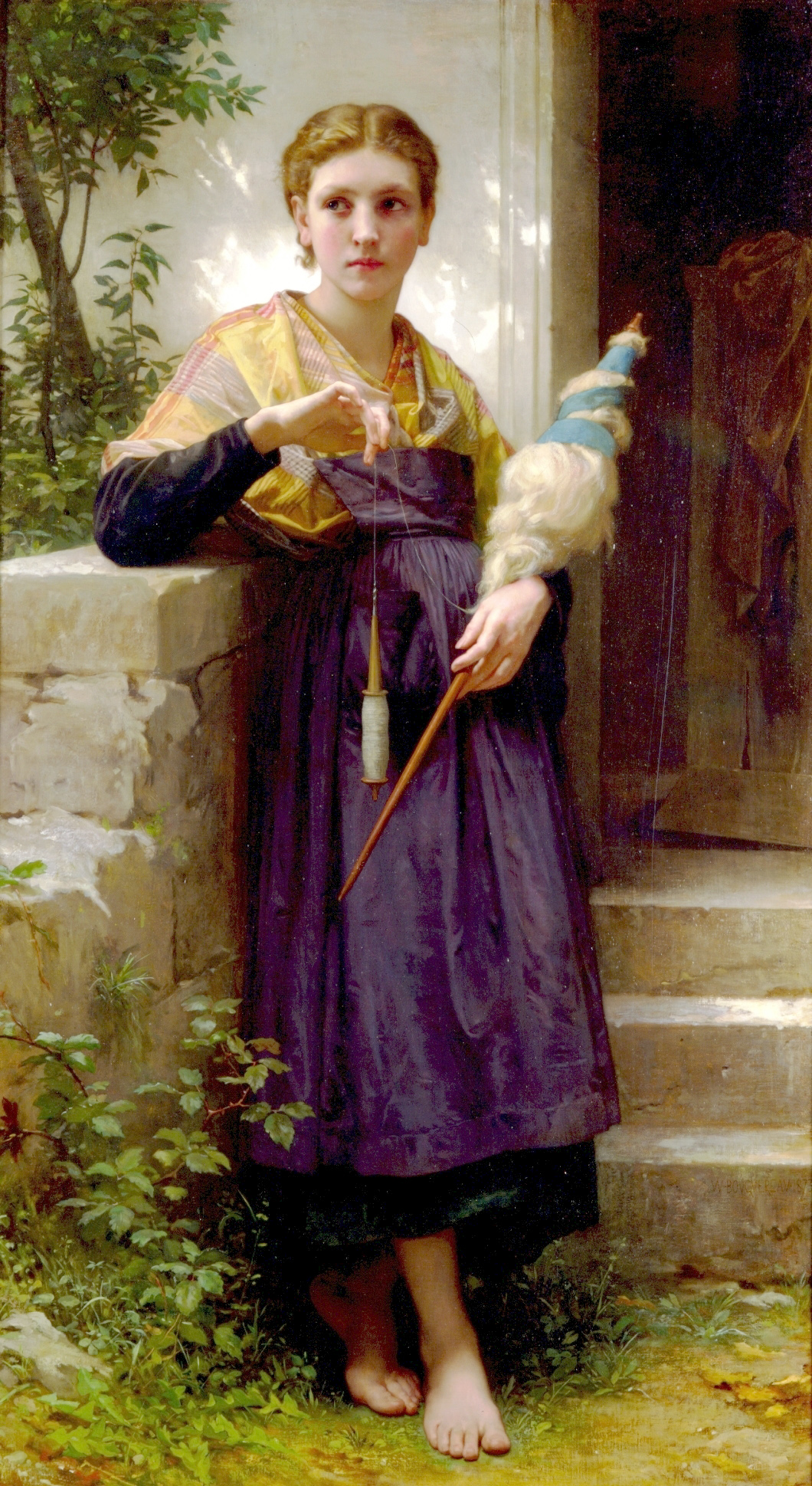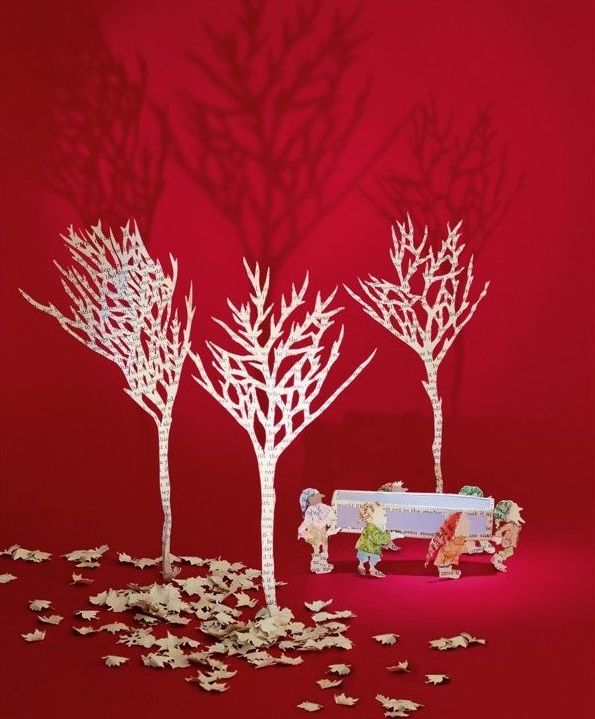Cinderella has been criticized so often, especially in her more recent incarnations (Disney of course, but also the many children's books based off of Perrault's version) for
being so passive.
Jane Yolen concluded about the Disney film that "
Cinderella, until lately, has never been a passive dreamer waiting for rescue. The forerunners of the Ash-girl have all been hardy, active heroines who take their lives into their own hands and work out their own salvations ....[The Disney film] set a new pattern for Cinderella: a helpless, hapless, pitiable, useless heroine who has to be saved time and time again by the talking mice and birds because she is “off in a world of dreams.” It is a Cinderella who is not recognized by her prince until she is magically back in her ball gown, beribboned and bejewelled. Poor Cinderella. Poor us.”
Herbert Cole
While it's true that older versions of Cinderella (such as the
Grimms' Aschenputtel) may show a little more initiative, as in going to her dead mother's spirit and animal friends and asking for help,
overall her actions are not that noticeably different, in my opinion. She still must be obedient to her stepmother, she still does her chores with magical aid, and still desires to go to the ball/festival/church. In the Disney, I don't mind that daydreaming is her one escape from her less-than-glamorous life. I don't think it makes her useless, as Yolen implies, but gives her a something to hope for. (Plus, Yolen is incorrect that in the Disney film, the prince couldn't recognize her without her dress. It's the older Grimm story in which the Prince carries off each stepsister and, only when told by a bird to look at the blood coming out of the shoe, that he realizes she has mutilated her foot. In the Disney it isn't the Prince who searches for her but the steward)
Usually I point out that,
historically, young girls simply didn't have options like they have today. The best Cinderella could probably hope for if she left her stepmother's house would have been another position of servitude, which could have been just as bad a situation.
Walter Crane
When people write modern versions of Cinderella, yes, by all means, give her another solution. Have her ask a teacher for help, go to DCFS, in today's world there is hope and no one should be raised by abusive guardians. But
the historical Cinderella was trapped by her culture as much as her stepmother. Women were usually not able to go to college or hold the same jobs or positions of leadership. I remember being shocked and horrified to learn in a college Education class that some of the first women accepted into American college, at
Oberlin College in 1837, had to
do the male students' laundry and cook their meals in addition to their own studying. No wonder so many women have identified with Cinderella over the years-
they have been treated just like her; their parents, husbands, and culture at large saw them as capable of little more than domestic work.
John Batten
Furthermore,
Cinderella was a victim of abuse-verbal abuse at the very least. Imagine a child whose stepmother, who should be loving and kind, takes every opportunity to humiliate and demean her. Her own father stands idly by; he must be aware of the fact that she is in rags and treated as a slave, yet does nothing. This has been going on for years. Do we really expect her to become a strong, independent woman, capable of standing up for herself? It takes a great amount of courage even for the strongest person to stand up to authority and contradict them. Some of the
effects of verbal abuse may include the following:
-live in a constant state of hyper-awareness, watching for clues of impending abuse
-feels misunderstood and unimportant
-may develop symptoms of or full mental disorders
-have difficulty forming decisions
-feel there is something wrong with them on a basic level
-analyze their experiences to see where they made mistakes
-experience self-doubt and low self-confidence
-lose spontaneity and/or enthusiasm
-long term medical effects including headaches/migraines, digestive issues, or stress-related heart conditions
-long-term psychological conditions including stress, depression, memory gap disorders, sleep and eating problems, anger issues, alcohol and drug abuse, assaultive behaviours, self-mutilation, suicide
-children who suffer from verbal abuse are more likely to become delinquents and believe and act out whatever negative words are said about them
Really, if we really examine her historical and mental state, we shouldn't be surprised at all that Cinderella was submissive.
We should be impressed that she was even dreaming of a better life.
This quote is ironic. If you ask any fairy tale aficionado if Disney's Cinderella is passive or active, they'll tell you passive-she's easily one of the most criticized. I read this quote and immediately thought of Cinderella crying in a garden before her fairy godmother showed up and just gave her everything.
And yet, before that, she did show the initiative to ask to go to the ball, get out her old mother's patterns, and was intending to sew the dress in every spare moment. That's pretty much as active as the Grimms' Cinderella going to her dead mother and animal friends to ask for help, isn't it? (And keep in mind, the fairy godmother scene was based on the even earlier Perrault version of Cinderella. And being that the godmother is a powerful, helpful female, isn't that an example of empowerment?)
Elenore Abbott
Is this true? I don't know the movie well enough that I can say for sure, but I don't actually remember her wishing for the prince. Snow White and Sleeping Beauty very directly do, but I think Cinderella really just wants to go to the ball-to escape, dance, and have fun. Much more healthy desires than sitting around hoping a prince will save you.
It's natural for Cinderella to dream of a life of luxury. But in the end, when she becomes the Queen, she has also ascended to a position of prominence and power, completely unlike her former state. I didn't even intend for this post to become a defense of Disney's Cinderella, but actually, it may be a lot more empowering than I originally thought. It just depends on how you look at it...





